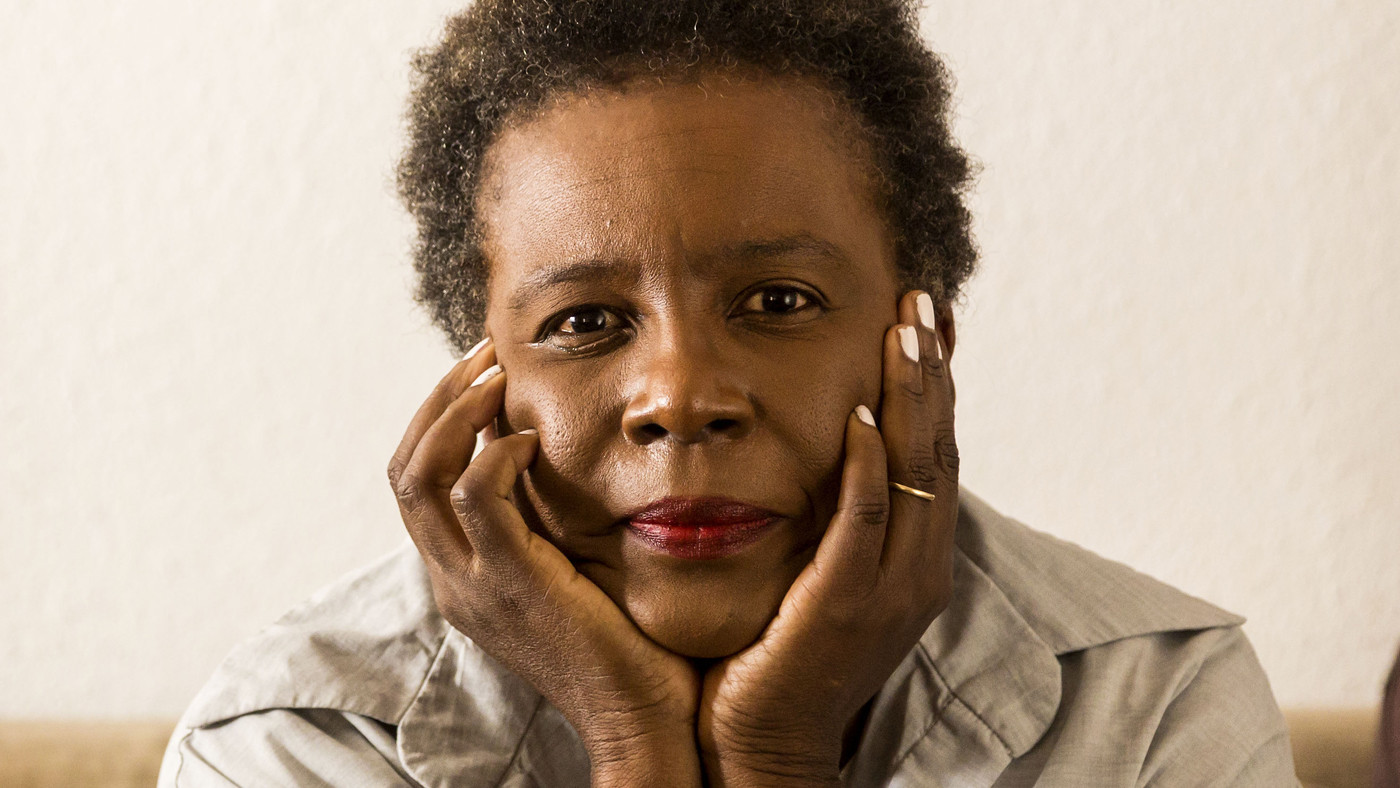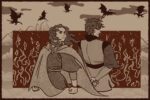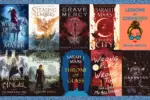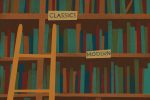I love to read more than I love most other things because, as a college student, I’m in a constant state of learning. I crave information and research to share with others during class discussions, and reading a book is the best way for me to expose myself to new concepts.
Truth be told, friends and family alike often refer to me as the “queen of book recommendations.” I can’t blame them—I’m passionate about books that give you a reason to think critically and examine uncomfortable situations you may not personally understand.
I’ll admit, I like (almost) all of my required readings for class; I’m a creative writing major after all, no surprise. Still, it’s nice to read books on my own time and know there’s not a deadline looming somewhere in the distance.
Winter break is just beyond an avalanche of assignments, and you may be looking for books to put on your “must read” list. You can easily avoid boredom while away from campus by reading books professors won’t quiz you on later. Here are five books about race I think everyone should read—I’ve read them all, they’ve made me a more well-rounded, well-thought-out person, and I’d like to share them with you.
1. Claudia Rankine’s “Citizen: An American Lyric”
I could say, “‘Citizen’ will blow your mind,” but really Rankine’s chilling prose poetry and images about racism and police brutality will more than likely rattle you to the core.
I’ve never before read anything like “Citizen” because the book is alive—there’s a page in the book dedicated to victims of police brutality. Black people continue to die; they’re still being unlawfully killed by their protectors. As a result, the list in “Citizen” grows, and new copies are reprinted. I studied “Citizen” in a very intimate “Poetry: Image and Form” class, and each of us had different copies—our lists all varied in length.
“Citizen” has been described as a “weave of artfully juxtaposed intensities, a quarrel within form about form.” An excerpt from Rankine’s work reads, “The world is wrong. You can’t put the past behind you. It’s buried in you; it’s turned your flesh into its own cupboard.”
Claudia Rankine’s “Citizen: An American Lyric” is definitely a book you should read because the work is, essentially, a book-length poem. Rankine challenges you to read about every day acts of racism and discrimination, which are highlighted in a way you can’t ignore (unless you choose not to read).
2. Toi Derricotte’s “The Black Notebooks: An Interior Journey”
Toi Derricotte is an English professor at the University of Pittsburgh and is responsible for helping to found Cave Canem Foundation, which has been committed to “cultivating the artistic and professional growth of African American poets” since 1996.
Derricotte is a light-skinned black woman who easily passes for white. She wrote “The Black Notebooks: An Interior Journey” in journal form, and her work focuses on the internal struggle to “escape from blackness” growing up in a world where white lives are valued over black lives.
I read and studied “The Black Notebooks” in my “Introduction to Creative Writing” class as a first year student. I carefully read her work and even wrote a reaction paper.
The uncomfortable experiences detailed within Derricotte’s work are ones I will never have to deal with. Everyone should read a book like “The Black Notebooks” because Derricotte gives readers an opportunity to dive into multiple moments in time—try to find a way to relate to a pain you’ve never before felt.
3. Michelle Alexander’s “The New Jim Crow: Mass Incarceration in the Age of Colorblindness”
Michelle Alexander is a highly acclaimed civil rights lawyer, advocate and legal scholar who wrote “The New Jim Crow.” Her work as been described as a “stunning account of the rebirth of a caste-like system in the United States, one that has resulted in millions of African Americans locked behind bars and then relegated to a permanent second-class status—denied the very rights supposedly won in the Civil Rights Movement.”
Published in 2010, Michelle Alexander’s “The New Jim Crow” won the 2011 NAACP Image Award for best nonfiction.
“The New Jim Crow” is a work meant to challenge the civil rights community. Mass incarceration needs to be abolished, and anyone who reads the book will know: Racism is alive and thriving in America.
4. Lorraine Hansberry’s “A Raisin in the Sun”
“A Raisin in the Sun” debuted on Broadway in 1959, but the play’s significance is still relevant even today. I studied Lorraine Hansberry’s play my sophomore year of college while taking an interdisciplinary class called “Literature and Public Policy.” In class, my peers and I discussed ethical dilemmas, as well as a low-class black family’s desire for middle-class acceptance.
The title, “A Raisin in the Sun,” comes from the poem “Harlem” written by Langston Hughes. The first few lines of the poem read, “What happens to a dream deferred? Does it dry up / like a raisin in the sun?”
The title is symbolic; members of the Younger family are desperate for a piece of the “American Dream,” and are constantly “watering” their dream. If they don’t, their dream of becoming middle-class Americans will shrivel up and die, much like a raisin in the sun.
You should read “A Raisin in the Sun” because there are some uplifting moments amongst the sadness. The play gives you some insight on poverty and the sometimes irrational decisions people make to earn themselves better lives.
5. Maya Angelou’s “I Know Why the Caged Bird Sings”
I read Maya Angelou’s “I Know Why the Caged Bird Sings” when I was a sophomore in high school, but her phenomenal story has stayed with me since my first read.
Angelou’s debut memoir is a must-read—her work explores abandonment, prejudice, rape and courage. Angelou’s work also touches on debilitating displacement—within the book, readers learn Maya Angelou was constantly moving; she lived in seven different homes between the ages of three and sixteen.
Displacement still affects Americans today. For example, in my city of Pittsburgh, Pennsylvania, East Liberty went from a struggling neighborhood to an “upscale hotspot.” As a result, longtime residents could no longer afford to live in their own community. This fact alone proves the relevance of “I Know Why the Caged Bird Sings,” although the memoir was originally published in 1969.

















